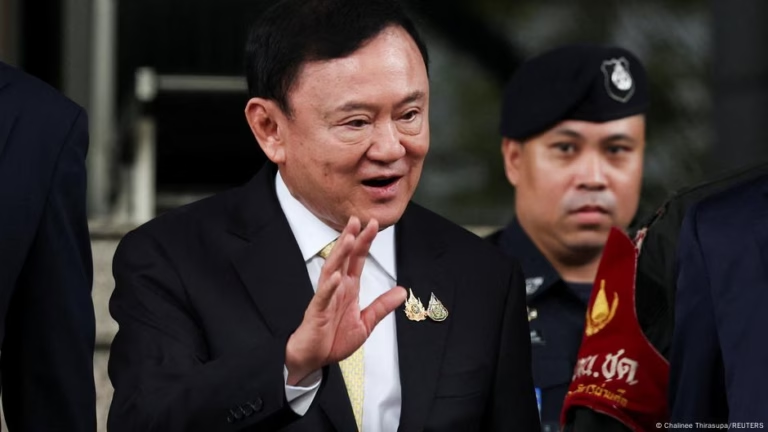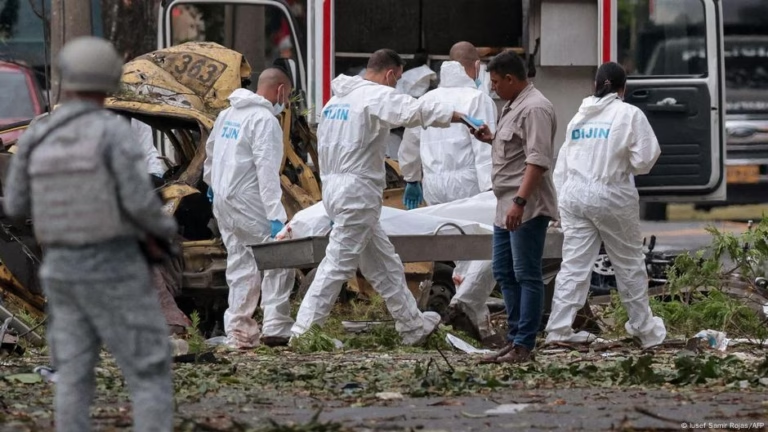Within the span of a year, the Iranian rial has depreciated by over 50% of its worth, plummeting from a March 2024 exchange rate of 600,000 to more than 1,000,000 in relation to the US dollar. This significant devaluation has been amplifying inflation, augmenting the cost of imported commodities, and particularly affecting the lower and middle-income strata within Iran.
“Economic uncertainty is pressing, with concerns over the cost of living taking the forefront while political engagement diminishes,” stated Mohammad Reza Farzanegen, an economic specialist at the Center for Near and Middle Eastern Studies at the University of Marburg in central Germany. Referencing a study he co-authored with Nader Habibi from Brandeis University in the US, he noted that the punitive economic measures enforced against Iran since 2012—in an attempt to heighten economic and political pressure on Tehran due to its controversial nuclear program—have significantly impeded the development of the Iranian middle class.
Should sanctions not have been implemented, the annual size of the middle class would have been roughly 11 percentage points larger on average.
State-affiliated institutions, particularly those with ties to the Revolutionary Guards (IRGC), are reaping the benefits of these sanctions. These entities have managed to stretch alternative trade networks and bolster their standing in the market, thereby augmenting the state’s economic power in comparison to the private sector.
Women are bearing a disproportionate burden due to these economic challenges. Hadi Salehi Esfahani, an economist at the University of Illinois in the US, highlighted that women are particularly hard hit in terms of employment, income, and basic subsistence. The labor market research indicates that women are being marginalized more due to low economic growth, ongoing recessions, cultural norms, and traditional role models asserting men as the primary breadwinners.
Furthermore, women face structural disadvantages, including stricter recruitment criteria, limited opportunities for career advancement, and unequal pay for equal work.
The economic atmosphere for Iran does not look poised for improvement and could deteriorate. US President Donald Trump’s moved to reinstate maximum pressure on the government of the Islamic Republic of Iran aims to force Tehran to renegotiate a nuclear deal by ratcheting up sanctions and elevating economic pressure against the regime. The US is particularly keen on curtailing Iran’s oil exports, a critical source of state revenue.
Tehran is attempting to brace under this pressure by planning to cut energy subsidies. However, Iranian business journalist Mahtab Gholizadeh doubts this will ease the situation, saying that the government’s estimated daily oil export target of 2 million barrels is unlikely to be met, leading to a potential budget deficit and a surge in inflation from subsidy abolition.
In recent years, there has been a notable surge in the Iranian populace’s discontent with the political system, manifesting in mass protests—for instance, following the death in police custody of Jina Mahsa Amini in 2022 and the 2019 protests against soaring energy prices. These protests were ruthlessly quashed in both instances.
Farzanegan argued that growing discontent does not automatically translate to organized political pressure, stating that economically strained households have fewer resources to mobilize politically. He contended that international sanctions weakening the middle class are unlikely to exert more pressure on the regime; instead, they erode the economic backbone of a politically active social class, thereby enhancing the relative power of the political system.
This article was translated from German.
Source: https://www.dw.com/en/iran-s-middle-class-bears-brunt-of-economic-crisis/a-72085209?maca=en-rss-en-all-1573-rdf








